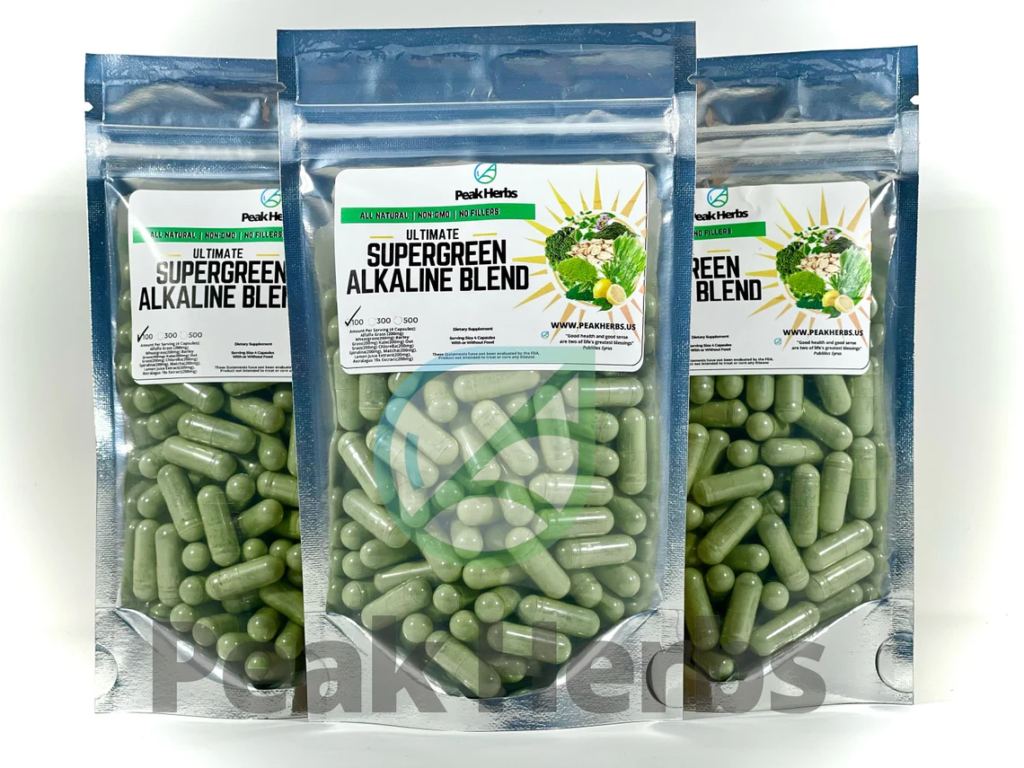Saving money on groceries while losing weight might sound like a tough challenge, but it’s more manageable than you think.
It might seem like you must spend a lot of money on healthy foods, but with smart shopping and meal planning, you can actually save money while also maintaining a healthy diet.
In this blog article, we will look at how you can save money on groceries while losing weight. So if you are struggling to stick to your budget while trying to shed some pounds, keep reading for some helpful tips.
1. Plan Your Meals
Planning meals means you know exactly what you need to buy and how much of it. This way, you avoid impulse purchases and only buy what you need. Create a weekly meal plan based on healthy and affordable ingredients.
You can also save money by planning meals around sales or discounts at your local grocery store.
Plus, when you plan your meals according to your weight loss goals, you are less likely to waste food and money on unhealthy snacks or takeout meals.
2. Make a Shopping List
How many times have you gone to the store and ended up buying things you don’t need because they look appealing?
It’s a very common thing that we all do, but it can quickly add up and blow our grocery budget. To avoid this, make a shopping list before you go to the store and stick to it.
You have to control your impulses and only buy the items on your list. This will help you avoid unnecessary purchases and save money in the long run.
3. Buy in Bulk
Buying in bulk can save you a lot of money and help you eat healthier. When you buy items like grains, beans, and nuts in larger quantities, you usually pay less per unit.
This means you get more food for your money. Bulk items also tend to be less processed, which is better for your health.
Plus, having healthy staples on hand makes it easier to cook at home and avoid expensive takeout or junk food. You’ll save money and have plenty of wholesome options ready to help you stick to your weight loss goals.
4. Choose Seasonal Produce
For example, buying berries in the winter can be costly because they are not in season.
Instead, opt for fruits and vegetables that are in season, as they tend to be more affordable.
You can also buy frozen or canned produce when it’s not in season, as these options are often cheaper and just as nutritious.
Buying in bulk can also save you money when it comes to seasonal produce, as you can freeze or can excess for later use. So make sure to take advantage of seasonal produce to save money on your grocery bill.
5. Use Store Brands
Using store brands is a great way to save money and stay on track with your weight loss goals. Store brands are often just as good as name brands but cost less.
You’ll find healthy options like whole grains, canned vegetables, and dairy products at lower prices. By choosing these items, you can buy a lot of items to save more and reach your weight loss goals faster.
But make sure to check all the nutritional information before purchasing store brands. Some may have higher levels of sodium or added sugars, so it’s important to read labels and make informed choices.
6. Avoid Processed Foods
Processed foods are not only expensive but also often high in sodium, added sugars, and unhealthy fats. They can also be packed with preservatives and other additives that are not beneficial for your health.
Instead, focus on buying whole foods like fruits, vegetables, lean proteins, and whole grains. Not only are these options more affordable but they are also better for your body.
You will be able to lose weight faster and maintain a healthier lifestyle while saving money on groceries.
7. Buy Frozen Vegetables
Frozen groceries offer a convenient and nutritious option for weight loss, combining ease of preparation with preserved freshness.
They are often harvested at peak ripeness and frozen quickly to retain vitamins and minerals, making them a healthy alternative to processed snacks. Many frozen items come pre-portioned, aiding in portion control and reducing the risk of overeating.
When shopping, look for low-calorie and nutrient-dense options, such as frozen vegetables, fruits, and lean proteins.
These choices not only support weight management but also provide essential nutrients, making it easier to stick to a balanced diet while enjoying the convenience and freshness of frozen foods.
8. Cook at Home
When you cook at home, you exactly know what ingredients you are using and can control portion sizes. This not only helps you stay on track with your weight loss goals but also saves money.
Instead of eating out or ordering takeout, try meal prepping for the week ahead. This way, you won’t be tempted to grab fast food or spend money on expensive restaurant meals.
Plus, cooking at home can be a fun activity that allows you to experiment with new healthy recipes and flavors.
But if you love to go out, it’s okay to grab a bite once in a while, just make sure to balance it out with healthy options throughout the week.
9. Shop Sales and Use Coupons
Shopping sales and using coupons can help you save money while losing weight. Look out for discounts on healthy foods like fruits, vegetables, lean meats, and whole grains.
Planning your meals around these deals can reduce your grocery bills significantly. Coupons can also give you extra savings on items you buy regularly.
Many stores have apps or websites where you can find digital coupons.
By taking a little time to check for sales and use coupons, you can stock up your favorite healthy foods at a lower price.
10. Limit Meat Consumption
Meat is a good source of protein and other essential nutrients, but it can also be expensive.
But since there are many cheap plant-based alternatives like lentils, beans, and tofu that provide plenty of protein, you can limit your meat consumption to a few times a week.
Not only will this save you money on groceries, but it can also be beneficial for your health. Plant-based diets have been linked to lower rates of obesity and chronic diseases.
So try new vegetarian or vegan recipes and see how delicious and budget-friendly they can be.
11. Drink Water Instead of Sugary Drinks
It’s a very common tip that many of you already know, but it’s worth mentioning again.
Drinking water instead of sugary drinks can save you money while helping you lose weight. Soda, energy drinks, and other sugary beverages not only add up in cost quickly but also to your waistline.
Water is inexpensive and has zero calories, making it the perfect choice for hydration. You can flavor your water with fruits or herbs if you want some extra taste without adding sugar or calories.
12. Grow Your Own Herbs and Vegetables
And lastly, if you have a green thumb or want to test your gardening skills, consider growing your own herbs and vegetables.
We are not talking about having a field or a big garden, even small pots on your windowsill can make a difference.
Not only will you save money by not having to buy these items from the store, but you’ll also have fresh and flavorful produce right at your fingertips.
Plus, gardening can be a fun and relaxing hobby – so start doing your research and start growing your own food!
Conclusion
Eating healthy doesn’t have to break the bank – with these simple tips and tricks, you can stick to a budget while maintaining your weight. The goal is to be creative with your money and eating habits so you can live a healthy and balanced life without spending too much money. So go ahead and start incorporating some of these tips and see the difference!








So smart! Great tips.
Great helpful tips !
I’ve been working on my eating habits and trying to maintain a more balanced diet. Even though I don’t have weight issues, eating healthy is good for my self-care. And doing it on a budget is even better! Great post!
I really love this article and all of your suggestions. I agree with all of them especially about meal planning and avoid meat and processed foods since that’s also better for our environment.